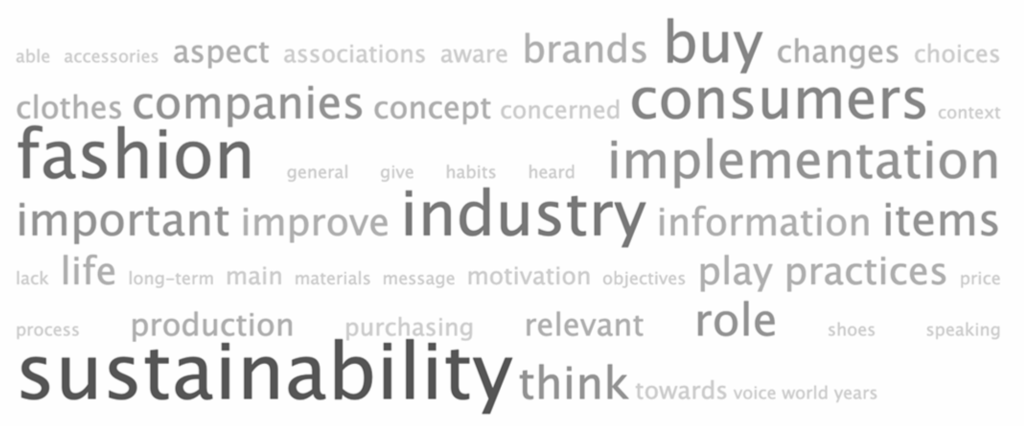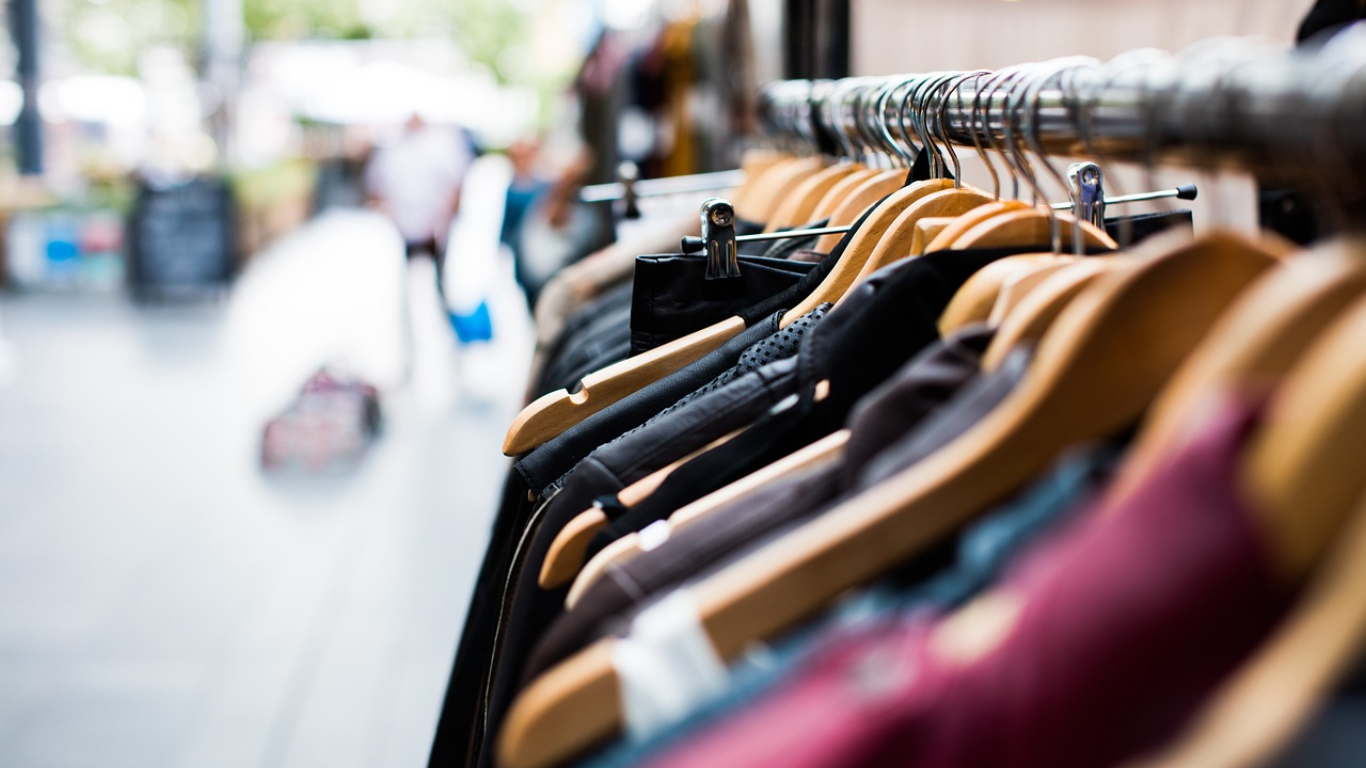In a recent study published by the MDPI scientific journal Resources, Pereira et al (2021) discussed how sustainability in the fashion industry increasingly finds embrace by both the industry and its consumers. The fashion industry, notorious for its severe environmental impact, has the potential for transformative change. Sustainability might play a crucial role in the fashion world, shedding light on consumer perspectives and practices. As consumers become more conscious of their choices, the fashion industry stands at the precipice of a positive revolution.
The fashion industry, known for its excessive consumption of natural resources and use of harmful chemicals during production, has a significant global footprint. From greenhouse gas emissions to labor rights issues, the fashion supply chain is intricately linked to environmental, social, and economic challenges. Fast fashion trends have accelerated consumer habits, leading to a surge in garment acquisition and subsequently contributing to tons of waste in landfills. In recent years, there has been a growing urgency to reverse these environmentally harmful practices. Companies are implementing initiatives such as circular economy, fair trade, lowsumerism, and sharing economy to change their perception and prioritize sustainability in value creation. Consumer support is vital for the success of sustainable fashion practices.
The Power of Consumer Choices
Consumers play a pivotal role in influencing the fashion industry. While many express concern about unethical practices, the transition from concern to behavioral change often hinges on awareness. Lack of knowledge about the negative effects of the fashion industry can be a barrier. However, trends are evolving, and an increasing number of consumers are showing a positive inclination towards sustainable products.
Qualitative research conducted through interviews with consumers revealed a spectrum of practices and perspectives. While some consumers actively implement sustainable practices in their fashion choices, others are yet to make the shift. Barriers such as lack of motivation, knowledge, information, education, and accessibility, as well as higher prices, hinder the adoption of sustainable choices.
Consumers fall into two main groups: those actively embracing sustainability in fashion consumption and those recognizing its importance but not yet implementing it. The former opts for quality pieces, avoids fast fashion, and makes informed decisions about production locations and materials. The latter group, although acknowledging sustainability’s relevance, faces obstacles that hinder adoption.
To engage with legitimate, ethical clothing, please check out the Shop like you give a damm initiative: it is a vegan, fair & sustainable project, aimed at ethical consumers.

The research highlights the need for widespread consumer education. To bridge the gap and encourage sustainable practices, companies should focus on reaching consumers not yet implementing sustainability in their fashion choices. By addressing barriers and challenges, informed and educated consumers can drive positive change. Consumer behavior is evolving positively, with a strong inclination toward sustainability. While some consumers have already embraced sustainable practices, there is potential for further improvements. The power lies in educating consumers on a larger scale, fostering a collective shift towards sustainable fashion choices.
Sustainability in the fashion industry is a work in progress, and informed consumers are the key to its success. This research contributes to understanding consumer perspectives, paving the way for informed decisions and actionable changes. As consumers align their thoughts and values, the fashion industry can embark on a journey towards a more sustainable and conscientious future. Sustainability should not be taken as just a buzzword; it’s a dynamic process that actively shapes the present and future of human activities on Earth.
Clothing and the essence of sustainability: a match!
The essence of sustainability lies in recognizing the need for cooperation. It’s a journey that demands innovation and a multi-dimensional approach, creating spaces in society for a shift in values. The concept of sustainability extends beyond mere resource substitution; it involves seamlessly linking innovative technology with organizational optimization and changes in personal attitudes. Nature protection is not just a duty; it’s a cultural task that integrates environmental quality as a fundamental value across various aspects of life—culturally, socially, health-wise, politically, and economically.
In this pursuit, a sustainable culture emerges, marked by a rediscovery of the ethics of moderate living. It emphasizes that a sustainable lifestyle is not solely about wealth accumulation but rather focuses on achieving intelligent, resource-friendly, and environment-friendly consumption patterns. It’s a holistic approach that aligns our choices with the well-being of the planet. As we navigate the complexities of sustainability, it’s clear that it requires a collective effort. By understanding sustainability as an ongoing process of learning, shaping, and actively participating, we can contribute to a more conscious and responsible future. Together, let’s embark on this journey towards a more sustainable and ethically-driven world.
Source: Pereira, L.; Carvalho, R.; Dias, Á.; Costa, R.; António, N. How Does Sustainability Affect Consumer Choices in the Fashion Industry? Resources 2021, 10, 38. https://doi.org/10.3390/resources10040038
Cover photo: PIXABAY



